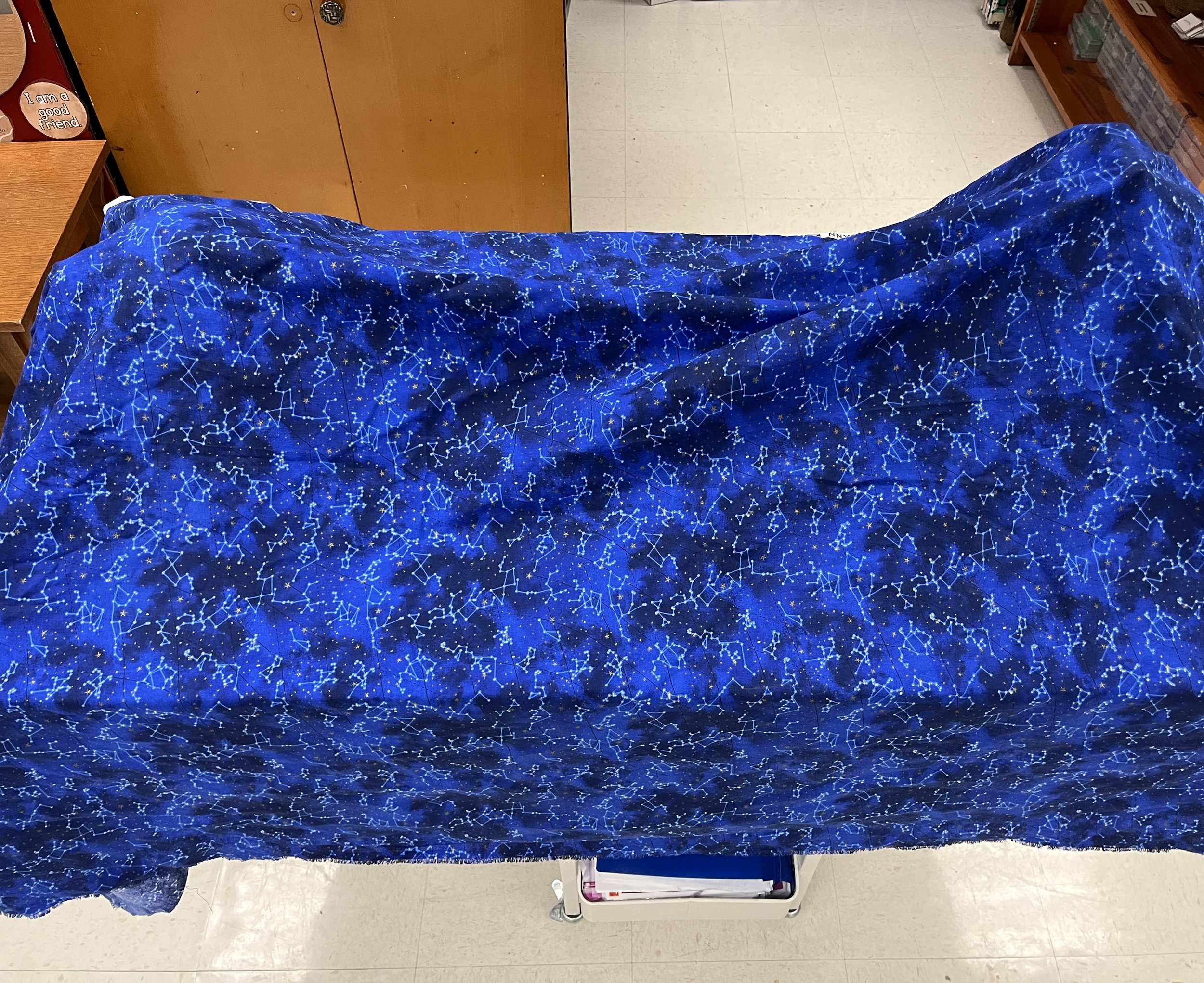The Great Lessons
The Great Lessons are a group of lessons that Lower Elementary Montessori hear to explain the universe and hopefully answer their need to know “why” that the planes of development say they need.
No matter what you do during the Great Lessons, they are an eye opening experience for the children. Here is how I do the Great Lessons in my classroom.
For the First Great Lesson: The Big Bang I start by blowing up a balloon and filling it with the tiny circles of papers from the three hole puncher. I blow up the balloon and then pop it with a pin at the start of the presentation, which is the "big bang" part. Then we identify those tiny papers from the balloon as particles and that is how we move on to the solid, liquid, and gas part. I use the blue cube from the geometric solid work to show a solid, water to show the liquid, and an empty container to show the gas. Then I show a big red ball as the fiery earth and then I show the colored globe to show what it turned into. I fill a spray bottle with water to the mist setting and then mist the students with water to show the cooling of the Earth.
For the Second Great Lesson: The Coming of Life I show the Timeline of Life. I explain certain parts of it and have the first graders draw pictures from each era and have the other students research facts. In my training, we also received a reader’s play that the students sometimes like to participate in and we do that play.
For the Third Great Lesson: The Coming of Humans. We talk about the three things that make up humans: our ability to love, our brain, and thumbs. This year I had the students write some examples from each. I also have the black strip that shows how long the Earth has not had life.
For the Language Great Lesson, I build a cave out of chicken wire and brown paper. I have them use watercolor paint to create the first signs for written communication. I also tell them the whole Language Great Lesson and they can write down about how language has evolved.
For the Math Great Lesson, I go through how math has evolved and they write those down.
There is also a Geometry Lesson that talks about Africa and the river over flowing and how the harpenodaptas used the ropes to create triangles to give people back their land. I typically do this lesson when we study Africa. I use blue fabric for the river and brown fabric for the mud and ropes and the students pretend to be the harpendoaptas and create rope triangles.
These are how I currently do all the Great Lesson! Do you have a different way of doing them? I would enjoy hearing from you! Email me at bethany@partsofthelanguage.com to let me know!
Interesting in free Montessori Resources? Join the free hub and learn more here!


